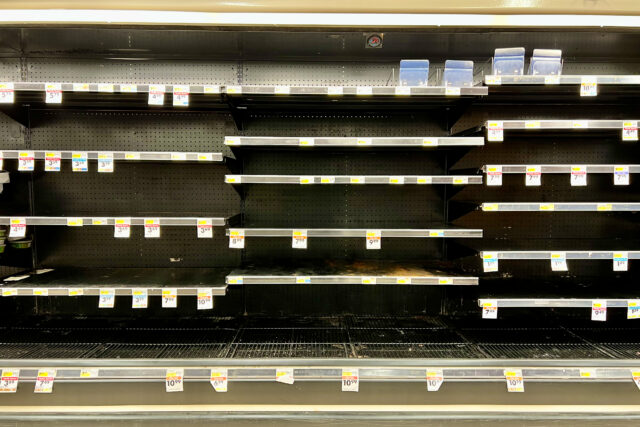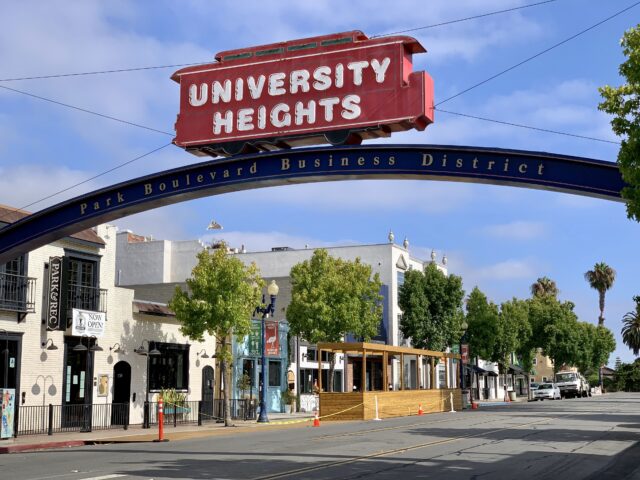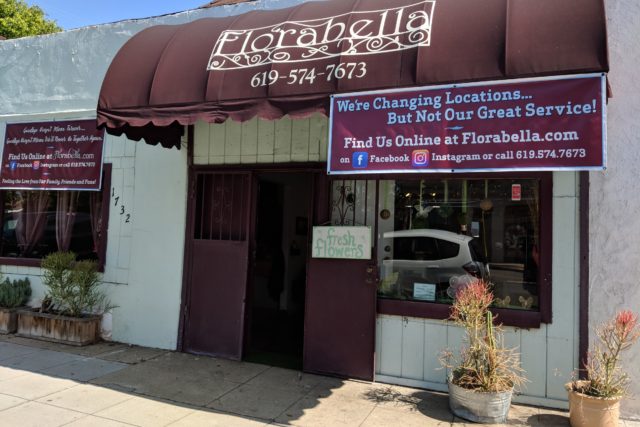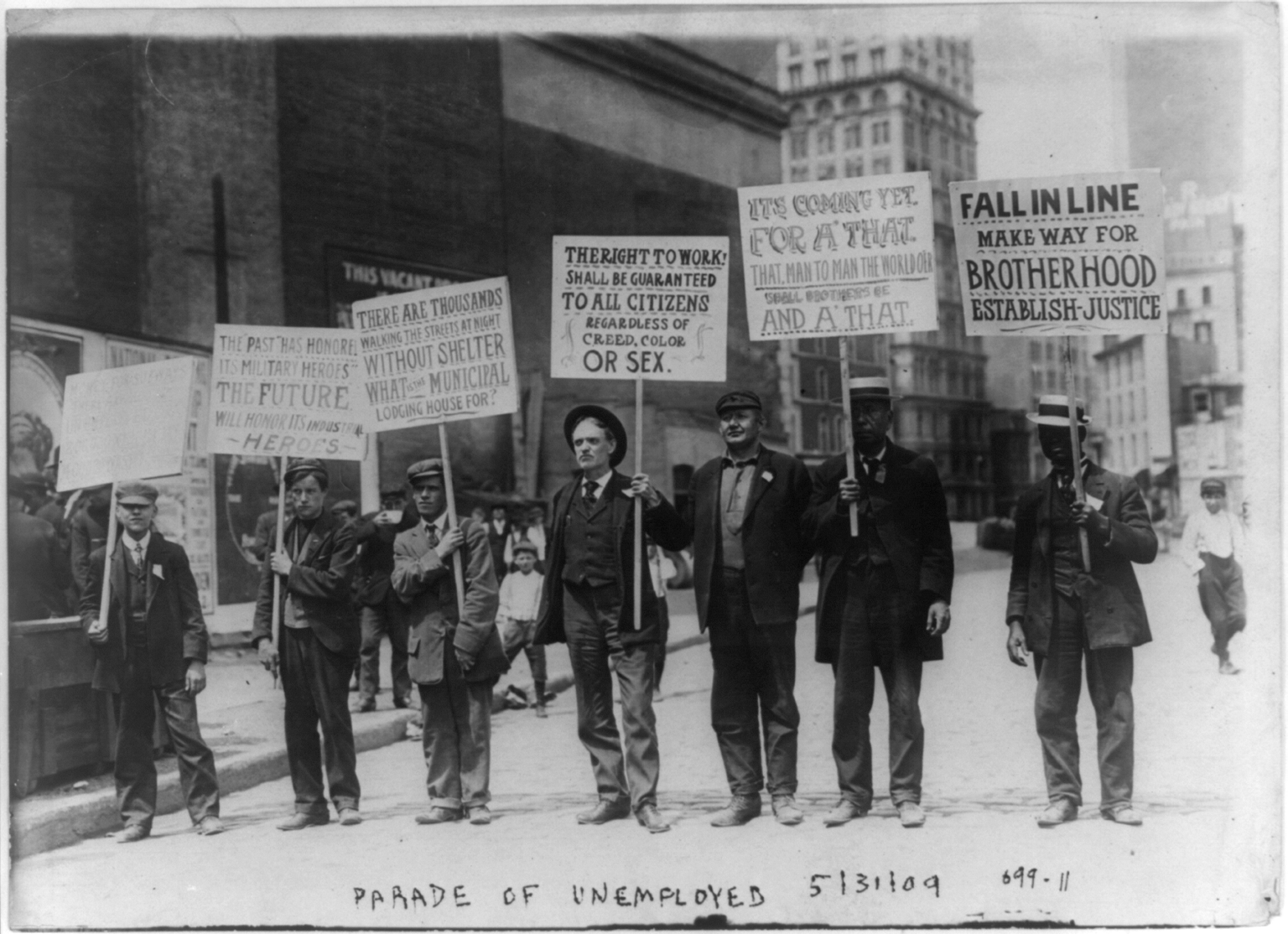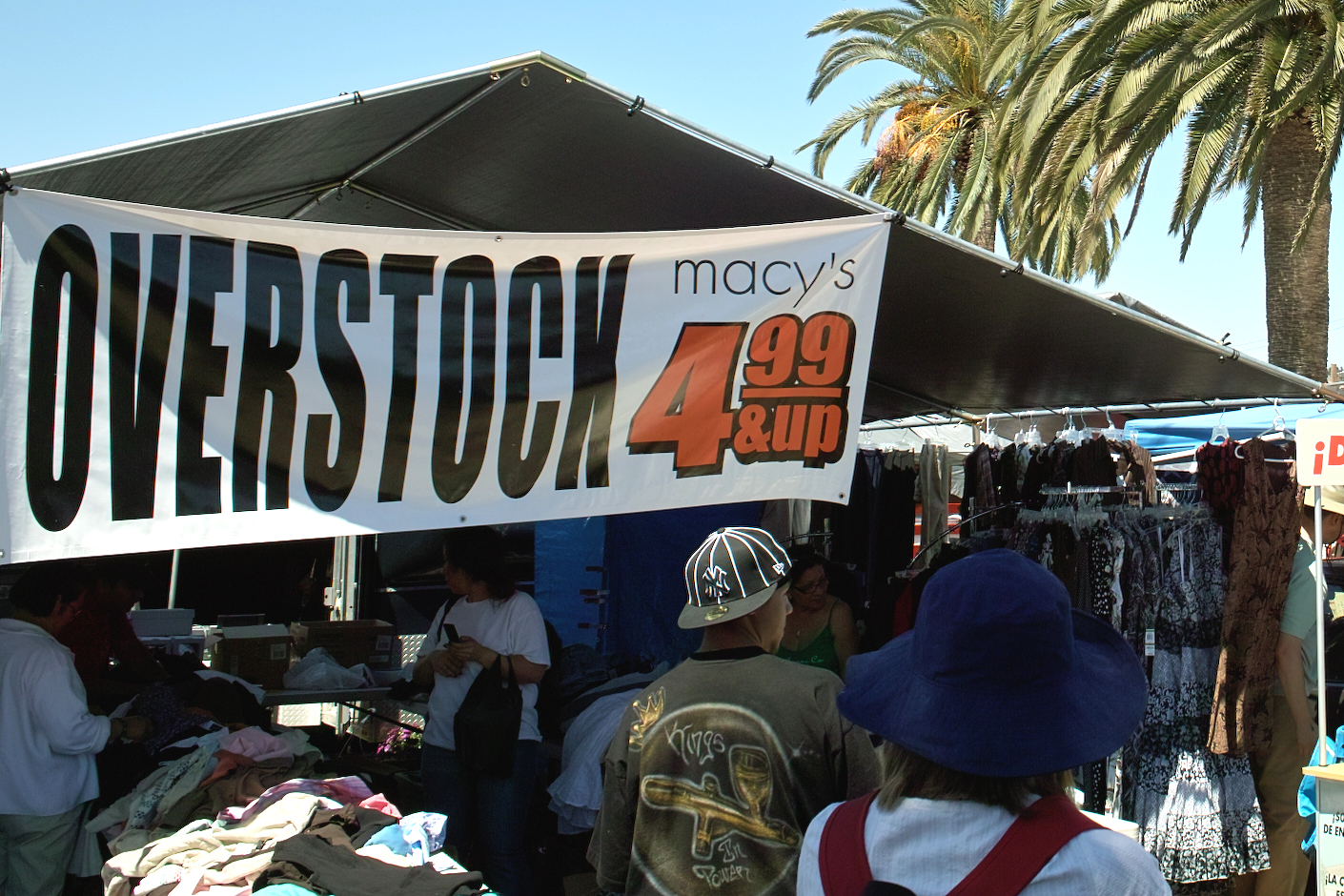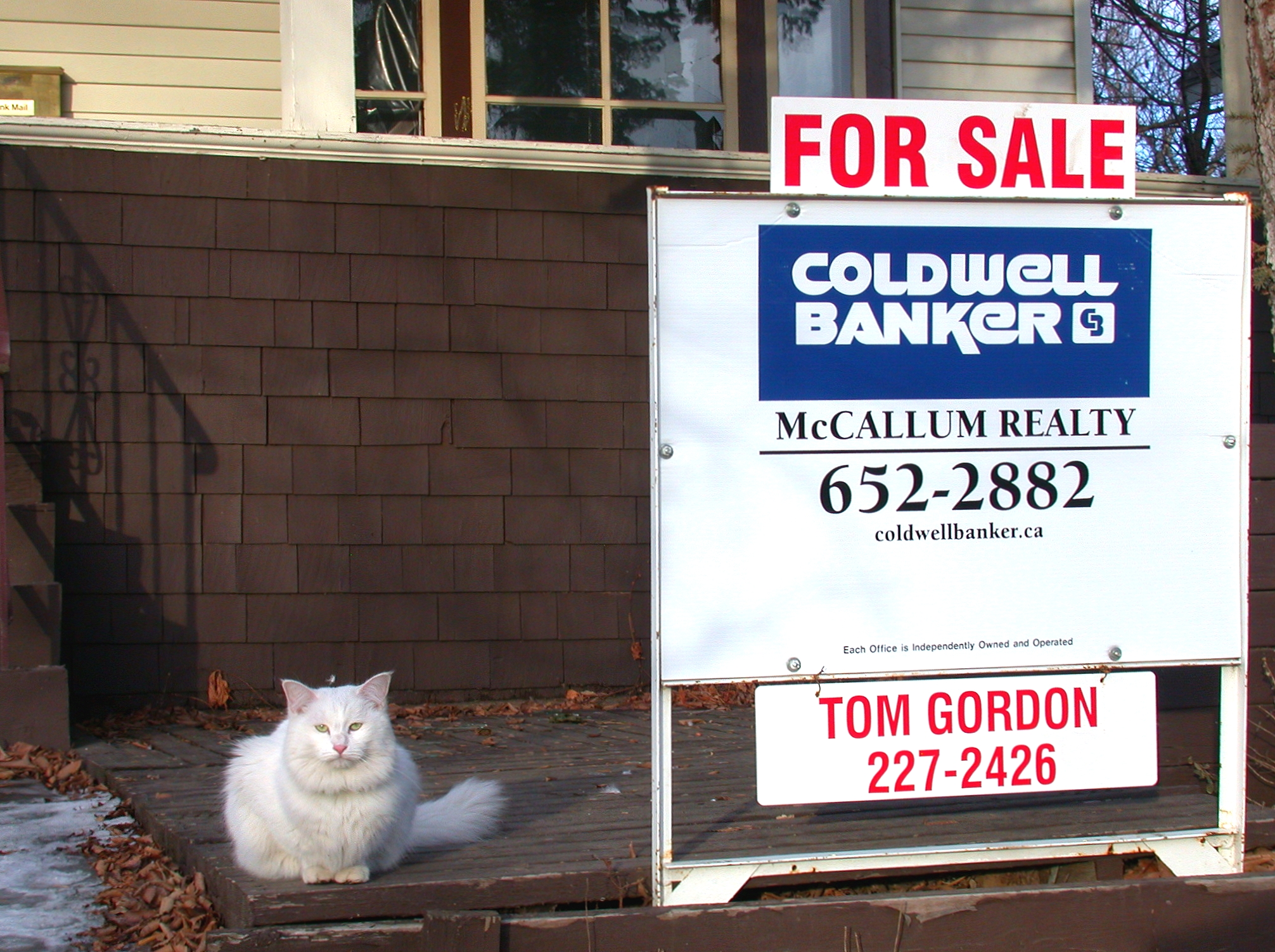Someone might blame the so-called supply chain crisis for this unnamed (I won’t say) supermarket’s empty packaged, prepared, processed meat section. I’d like to think that to celebrate the World Series and return to big gatherings before the big screen following more than 18 months of SARS-CoV-2 (severe acute respiratory syndrome Coronavirus 2)/COVID-19 lockdowns that a whopper shopper cleared out the Bologna, hotdogs, and other deli delights for the big game.
The temperature gauge is in the red, which could indicate cooling malfunction—that despite stocked goods on either side of the empty section. As I walked by, a store employee wheeled a cart stacked with boxes of deli-fresh replacements. You’re welcome to blame the supply chain, and who doesn’t these days? I won’t.
